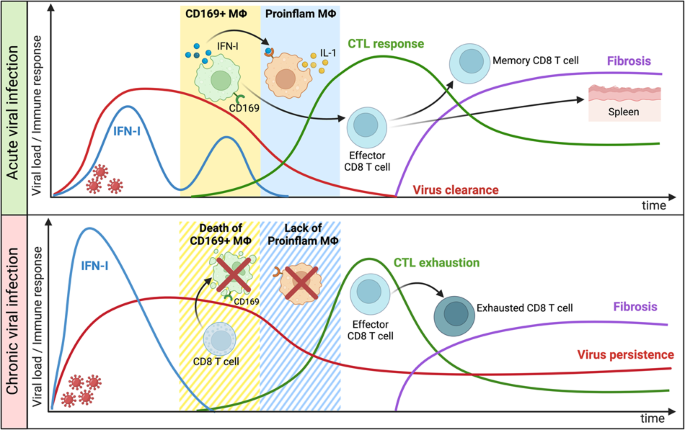The Basics of Valvular Heart Disease
The Basics of Valvular Heart Disease
Objectives
- Describe the pathophysiology of common valvular lesions.
- Describe common symptoms, signs, and physical exam findings of common valvular lesions.
- Discuss the hemodynamic consequences on the heart of severe valvular disease.

What is a “physiologic” murmur?
Functional murmurs are commonly related to increased flow during states like pregnancy or anemia. These innocent murmurs may also present in childhood and resolve spontaneously. They are benign and do not require treatment.

Pathologic Murmurs
- Normal
- Narrow
- Reverse
- Ca
- “Stenosis”
- “Regurgitation”
Aortic Stenosis
Causes
- Normal Rheumatic
- Calcific
- Bicuspid
Aortic Stenosis Progression
- Onset of severe symptoms
- Angina
- Syncope
- Failure
- Average survival with symptoms varies, with a notable decrease post symptom onset.
Key Exam Features
- Late-peaking systolic ejection murmur (Crescendo-decrescendo)
- Weakened and delayed carotid upstroke (Pulsus parvus et tardus)
- S4 often present with stiff left ventricle
- ECG may be suggestive of LVH
Hemodynamics
During ejection, a pressure difference (pressure gradient) occurs between the LV and aorta caused by the stenotic aortic valve (increased afterload).
Aortic Stenosis PV Loop
- Increased Afterload
- Increased LVEDP
- Decreased SV

Ventricular Response to Chronic Load
Stenosis imposes a pressure load on the LV, possibly leading to heart failure with common symptoms like dyspnea, edema, chest pain.

Mitral Stenosis
Causes
- Rheumatic fever
- Complication of group A beta-hemolytic strep
- Permanent deformity of valves after 10+ years
- Dyspnea on exertion, orthopnea, paroxysmal nocturnal dyspnea
- Hemoptysis
- Englarged left atrium
- Potential hoarseness (Ortner’s syndrome)
- New onset of atrial fibrillation (AF)
- CHF in pregnancy might be the first clue

Disease Progression and Prognosis
- Leads to LA dilation and increased pulmonary pressure
- Continuous, progressive, lifelong disease
- Disabling symptoms correlate with poor survival rate
Treatment
- Diuretics
- Slow ventricular rate: beta blockers, calcium channel blockers, digoxin
- Anticoagulate with warfarin for AF
- Percutaneous balloon commissurotomy
- Mitral valve replacement
Pathophysiology
- Increased left atrial pressure, left atrial enlargement, pulmonary congestion
- Reduced mitral inflow limits left ventlar output
- Decreased preload from impaired filling and increased afterload
- Rare true impairment of LV contractility
- RV pressure overload leads to increased left atrial pressure and pulmonary vasoconstriction
Mitral Stenosis PV Loop
- Decreased LVEDV
- Decreased SV
